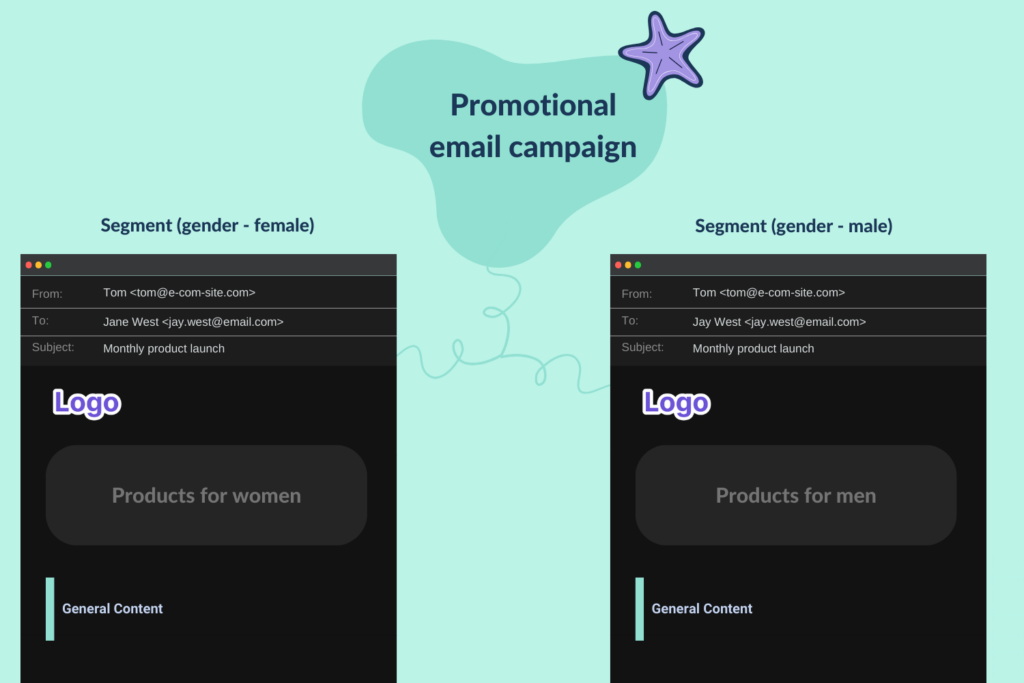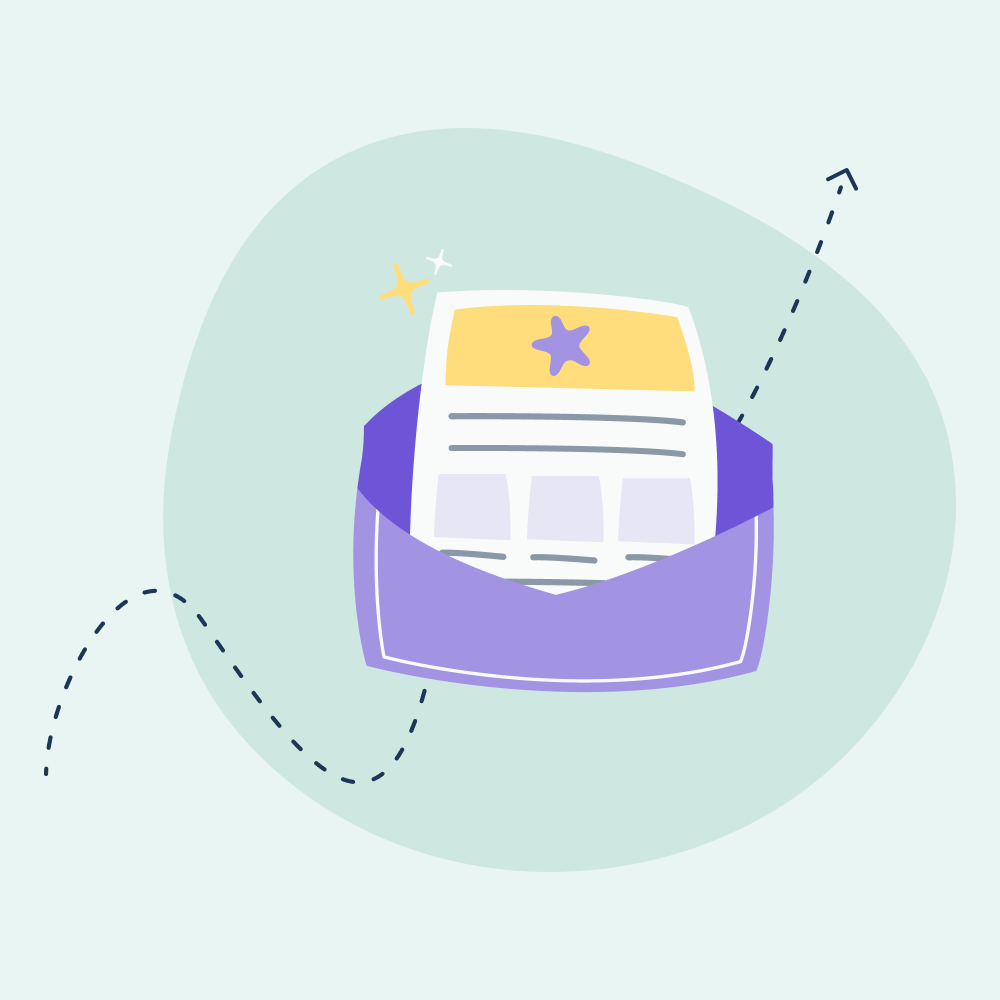Email marketing is a really great way to engage customers, fans and subscribers. By tailoring email content for your subscribers, not only are you likely to achieve better conversion rates, it’s also a great way to build a closer and lasting relationship.
In this blog, we’ll explore the concept of email personalisation, its benefits, and how EmailOctopus can help businesses implement personalised email campaigns.
What is Email Personalisation?
Email personalisation is the process of changing the content of an email to suit the subscriber’s preferences, behaviours, or anything else that will make the email more relevant.
This can include addressing the subscriber by their name, recommending products based on their past purchases, or sending targeted content based on their interests. Personalised emails are more likely to catch their attention, drive engagement, and ultimately lead to higher conversion rates.
Benefits of email personalisation:
- Improved engagement: The first and most important benefit of email personalisation is the improvement in email engagement. When your subscribers receive an email that is tailored to their needs and interests, they are more likely to open it, read it, and take action. By capturing their attention and providing relevant content, you can significantly increase your engagement rates.
- Increased conversions: Better engagement numbers also translates to better conversion numbers. By delivering content that is tailored to your subscriber’s needs and interests, you can drive higher conversion rates and boost sales.
- Enhanced user experience: Personalised emails also help you provide a better user experience, as your email has content that’s relevant to your subscribers.
- Better insights: If you can divide your email list into segments and send customised email campaigns, you can also gain valuable insights into how each segment performs. By analysing the metrics and data from these campaigns, you can optimise your email marketing strategy and focus on areas that require improvement.
Email personalisation with EmailOctopus
If you’re already using EmailOctopus, then you have two ways to build and send personalised email campaigns. The first is by using merge tags and the second by using email automation.
Let’s go through both of them one by one:
Merge tags
At EmailOctopus, you can use merge tags to dynamically replace content inside your emails. For example, you can use {{FirstName}} to address your subscriber by their first name or {{SenderInfo}} to include your business address.

Merge tags allow you to insert subscriber-specific information into your emails, such as their name, location, or anything else that you feel is relevant. By leveraging merge tags, you can create highly personalised emails at scale.
Using automation
Another way of personalising your emails is by using our email automation feature. This helps you to automate the email delivery based on your subscriber’s activity or segments.

Above is a sample flow for an e-commerce marketing email with content based on your subscriber’s gender.
Email personalisation use cases
There are many ways to personalise emails, but we can’t explain them all here. So let’s go through the most popular use cases and see how email personalisation can help.
Welcome emails
We wrote about welcome emails last week, these are the emails you’d send when someone joins your email list. In this case, you can start with basic personalisation by adding the subscriber’s name to the email and subject line.

If you want to make your welcome email even more personalised, then you can also take it a step further by asking them additional questions during the sign-up process to tailor the welcome content of the email based on their inputs. You’d have to use email automation flow with an if/else case to achieve this.
Personalised e-commerce emails
If you run an e-commerce website or business, then your marketing emails play a key role in helping bring repeat orders or activate abandoned users.
You can use your customer’s past purchase information or preferences to understand their buying patterns and segment them. Once you have that, you can use it to send targeted product recommendation email campaigns that should have a higher conversion rate when compared to a general marketing email.
You can also count your cart abandonment emails in this category.
Occasion-based emails
Occasion-based emails are triggered by specific events, such as birthdays or anniversaries. These emails provide an opportunity to build connections with your subscribers and make them feel special.
For instance, you can send automated birthday emails with a freebie or simply an email wishing them on their special day. Occasion-based emails show your subscribers that you care about them and value their relationship with your business.

Above is an example by Dutch Bros Coffee who send an automated birthday emails with a freebie.
Re-engagement campaigns
Re-engagement campaigns are targeted emails that you send to your inactive subscribers or customers as an effort to revive their interest. By addressing their specific needs or offering them exclusive discounts, you can motivate them to take actions like doing a purchase.

Above is a re-engagement email example by YouTube where they are providing exclusive discounts and also highlighting the added benefits.
Conclusion
Personalised emails are great at improving engagement and increasing conversions. If you haven’t been using them yet, then do give it a try. Remember not to overdo it — try to keep personalisation as organic as possible.
Also, if you’re looking for an affordable and easy to use email marketing tool, then why not get started with EmailOctopus – it’s entirely free for up to 2,500 subscribers.


No Comments
Leave a comment Cancel